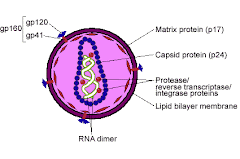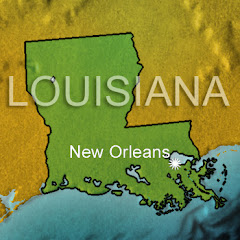"Here are some of the ways that corrupt individuals launder money:
Structuring deposits
Also known as smurfing, this method entails breaking up large amounts of money into smaller, less-suspicious amounts. In the United States, this smaller amount has to be below $10,000 -- the dollar amount at which U.S. banks have to report the transaction to the government. The money is then deposited into one or more bank accounts either by multiple people (smurfs) or by a single person over an extended period of time.
* Overseas banks
Money launderers often send money through various "offshore accounts" in countries that have bank secrecy laws, meaning that for all intents and purposes, these countries allow anonymous banking. A complex scheme can involve hundreds of bank transfers to and from offshore banks. According to the International Monetary Fund, "major offshore centers" include the Bahamas, Bahrain, the Cayman Islands, Hong Kong, Antilles, Panama and Singapore.
* Underground/alternative banking
Some countries in Asia have well-established, legal alternative banking systems that allow for undocumented deposits, withdrawals and transfers. These are trust-based systems, often with ancient roots, that leave no paper trail and operate outside of government control. This includes the hawala system in Pakistan and India and the fie chen system in China.
* Shell companies
These are fake companies that exist for no other reason than to launder money. They take in dirty money as "payment" for supposed goods or services but actually provide no goods or services; they simply create the appearance of legitimate transactions through fake invoices and balance sheets.
* Investing in legitimate businesses
Launderers sometimes place dirty money in otherwise legitimate businesses to clean it. They may use large business like brokerage firms or casinos that deal in so much money it's easy for the dirty stuff to blend in, or they may use small, cash-intensive businesses like bars, car washes, strip clubs or check-cashing stores. These businesses may be "front companies" that actually do provide a good or service but whose real purpose is to clean the launderer's money. This method typically works in one of two ways: The launderer can combine his dirty money with the company's clean revenues -- in this case, the company reports higher revenues from its legitimate business than it's really earning; or the launderer can simply hide his dirty money in the company's legitimate bank accounts in the hopes that authorities won't compare the bank balance to the company's financial statements.
Most money-laundering schemes involve some combination of these methods, although the Black Market Peso Exchange is pretty much a one-stop-shopping system once someone smuggles the cash to the peso broker. The variety of tools available to launderers makes this a difficult crime to stop, but authorities do catch the bad guys every now and then."
Sunday, September 9, 2007
Some Money Laundering Methods
Blogs'FamilyCorruptionInTheBigEasy||
FamilyCorruptionInTheBigEasy: Part 2
Posted by
Boop
at
7:30 AM
![]()
Labels: corrupt businessmen, corrupt politicians, money laundering
Subscribe to:
Post Comments (Atom)


















No comments:
Post a Comment